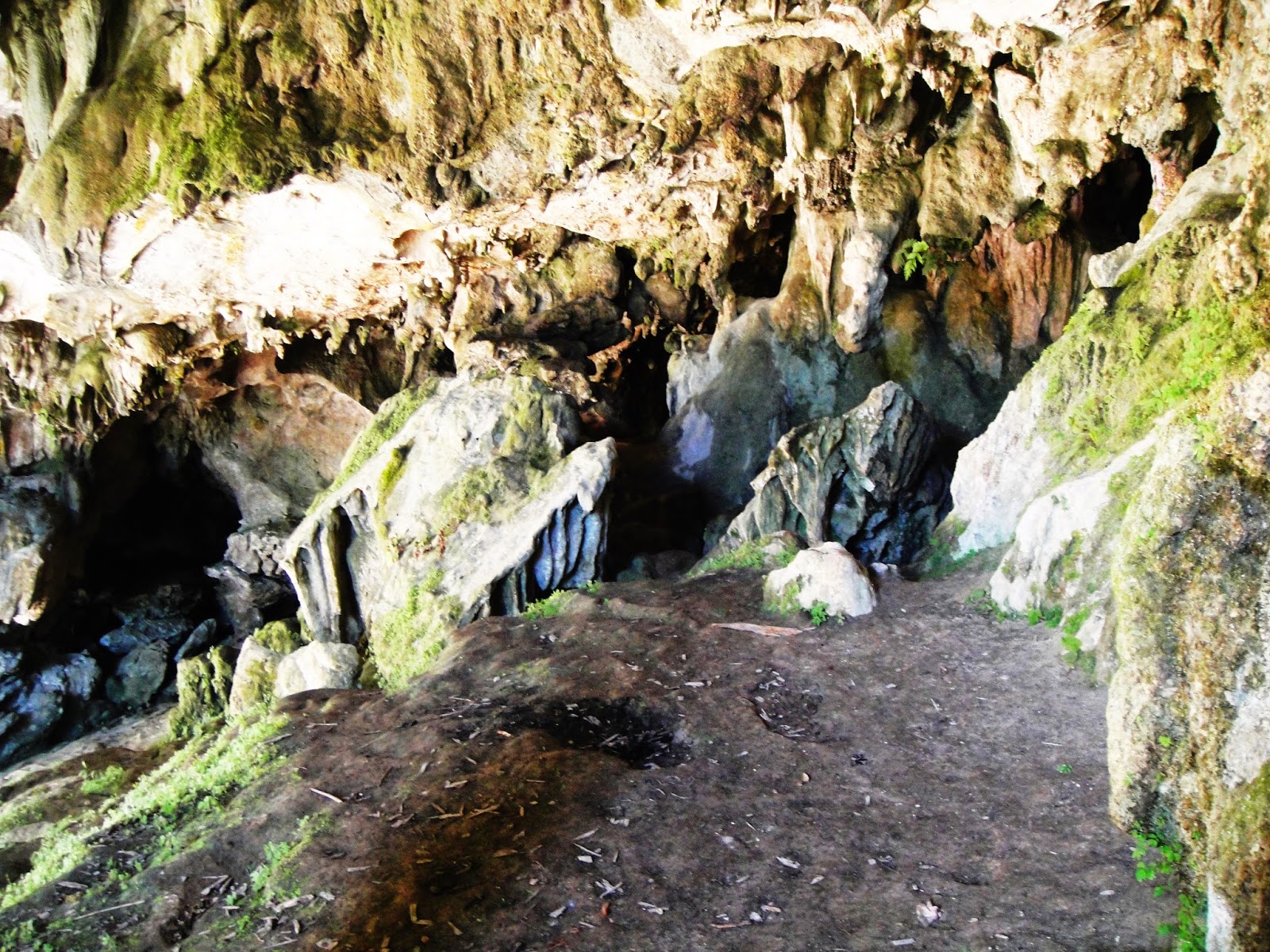Filipinos are familiar
with the sayote, but not everyone knows its origins and its many
uses.
BY ARTHUR L. ALLAD-IW
Northern Dispatch
Posted by Bulatlat
Northern Dispatch
Posted by Bulatlat
SAGADA, Mountain
Province — Filipinos are familiar with sayote (Sechium edule)
but not everyone knows that this vegetable was introduced by the
Spaniards.
Sayote
(called chayote by Spaniards) was introduced in Sagada sometime in 1922 by
Spanish soldier-turned-farmer Jaime P. Masferre, the father of the
legendary photo-artist Eduardo L. Masferre. The older Masferre introduced
fruits and vegetables of Spanish origin in the Philippines.
The older Masferre
brought the first sayote from Mexico when he and his son came back
to the Philippines. They were on their way home after Eduardo lived in
Spain for his elementary education, according to the June-July 1995 issue
of the Sagada Postboy, a publication of the Saint Mary’s School, an
American-established school in Sagada.
In an article written
by Bartholomeo Dao-as, Eduardo’s maternal cousin, the father and son
returned home from Spain to Sagada in 1922. That was after the older
brother of Eduardo died and after Eduardo finished his elementary
education in Spain.
Propagation
The Sagada Postboy
traced that when the first sayote were then propagated in
Sagada, “it eventually spread throughout the Cordillera as perhaps the
most sustainable vegetable in the region,” according to an article written
by then Sagada Mayor Thomas Killip.
Masferre established
in Batalao, Sagada a 32-hectare farm, which was later reduced to 21 due to
land claimants, said Jake Masferre Reyes, Jaime’s great grandson by
Eduardo. The older Masferre had in his farm sayote and other
foreign fruits and vegetables. However, with a cultural system where seeds
and products were communal, he shared the propagated sayote and
other plants with the Sagada residents.
“The chayote (or
sayote) has climbed its way into the most barren and rocky terrains,”
stated the Sagada Postboy.
Sayote
survived in the Cordillera because its
climate is similar to that of Mexico. In an article by R. Lira Saade of
the National Herbarium of Mexico, chayote has been cultivated in Mexico
since the pre-Columbian times. The plant’s common names of native origin,
like the Mexican Nahuatl’s chayote or chayotli, are
concentrated mainly in Mexico and Central America. She said the species
was “undoubtedly domesticated within the cultural area of Mesoamerica,
and specifically in the region lying between south
Mexico and Guatemala.”
Saade added that
chayote is grown in the area preferably between 800 and 1,800 meters
in altitude. In Oaxaca, Bolivia and Chihuahua,
Mexico, it is cultivated above
2,000 meters.
 |
| Sayote plantation along the Halsema Highway. Photo by Art Allad-iw |
With the similarities
in climate and altitude, sayote survived well in the Cordillera.
The altitude explains also why it failed to survive in areas with lower
altitude like the Cagayan and Ilocos regions.
The sayote was
soon called the “hanging green gold” due to its economic value and
resilient character, able to survive tough conditions. The Sagada
Postboy said sayote is high-yielding while requiring little
input. It is also environment-friendly as it is non-polluting.
Ready food, medicine
In Sagada and the
whole of Cordillera, sayote provides ready foods from its uggot
(tops) and fruits. Uggot can be prepared easily like the fruits
which can be chopped and added to the etag (Igorot ham), with or
without chicken.
Surplus sayote
is also used as alternative animal feeds. In fact, Dao-as said that
Eduardo Masferre used sayote to feed his hogs, poultry and rabbit
in Batalao and recycled, on the other hand, the wastes of these animals as
fertilizers for his sayote and other plants.
The sayote
root is not much utilized for food by the Cordillerans, unlike Mexico’s
indigenous Mayans who also eat the starchy roots – like the fruits and
tops – and added it to beans. Sayote was also the staple food of the
indigenous Aztecs in Mexico. At present, sayote can be prepared and
eaten raw as salad. It may be stuffed and baked and may be prepared
mashed, fried or boiled. It can also be used as soup or cream.
Unknown to many,
however, the sayote is also a medicinal plant. Its leaves can be
made into tea. It can dissolve kidney stones. On the other hand, it is
also used to treat hypertension and arteriosclerosis, according to an
article on sayote history and lore on the Internet. Northern
Dispatch/Posted by Bulatlat
© 2005 Bulatlat
■
Alipato Publications
Permission is granted to reprint or redistribute this article, provided
its author/s and Bulatlat are properly credited and notified.





